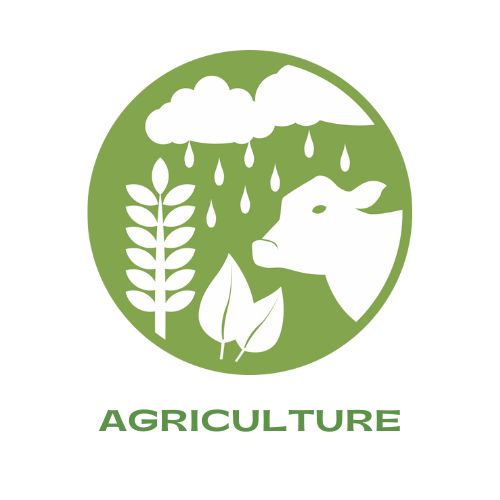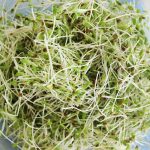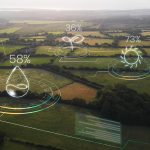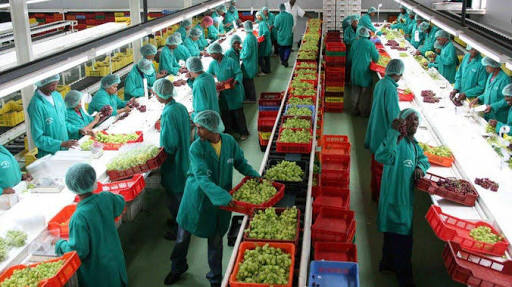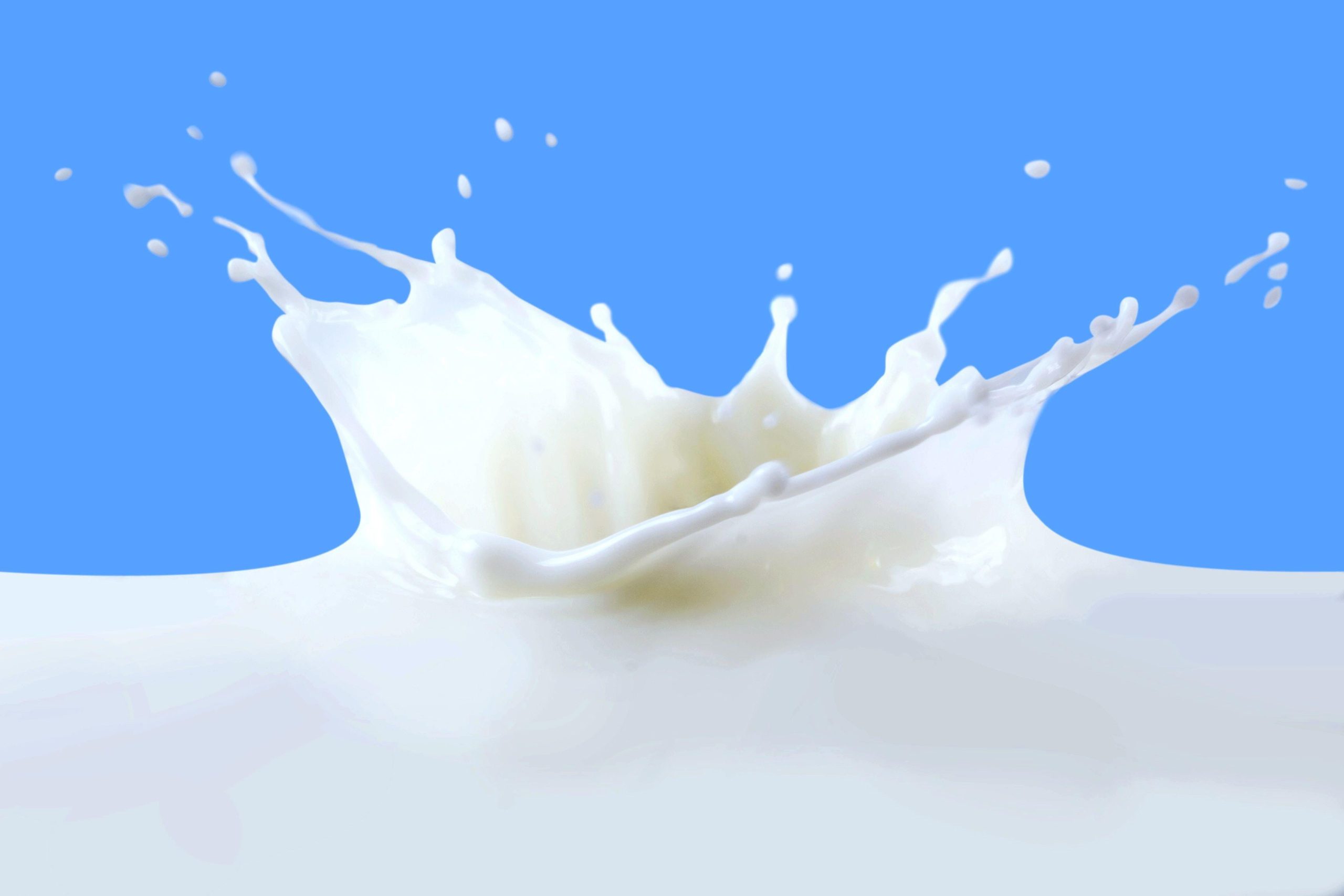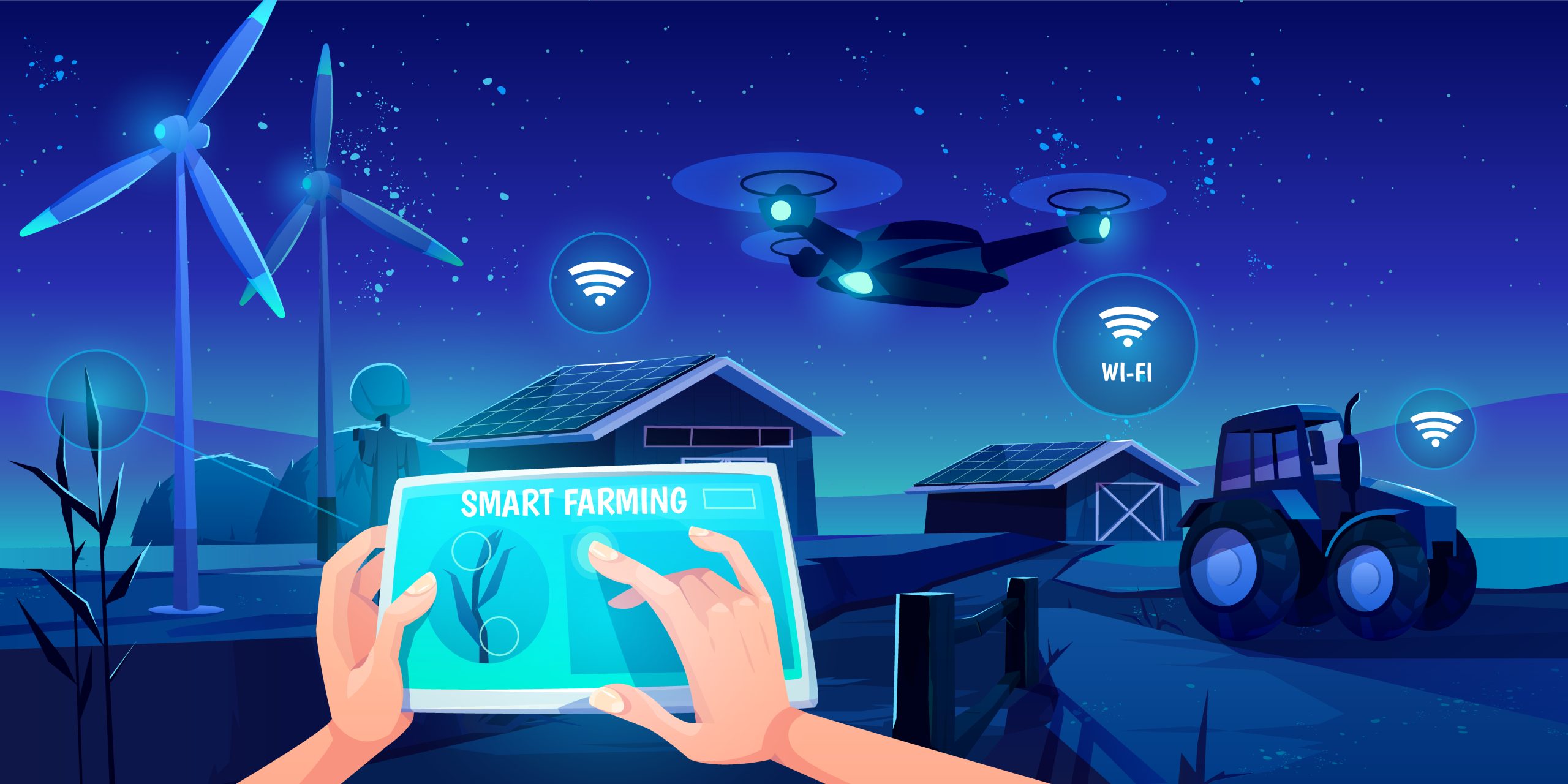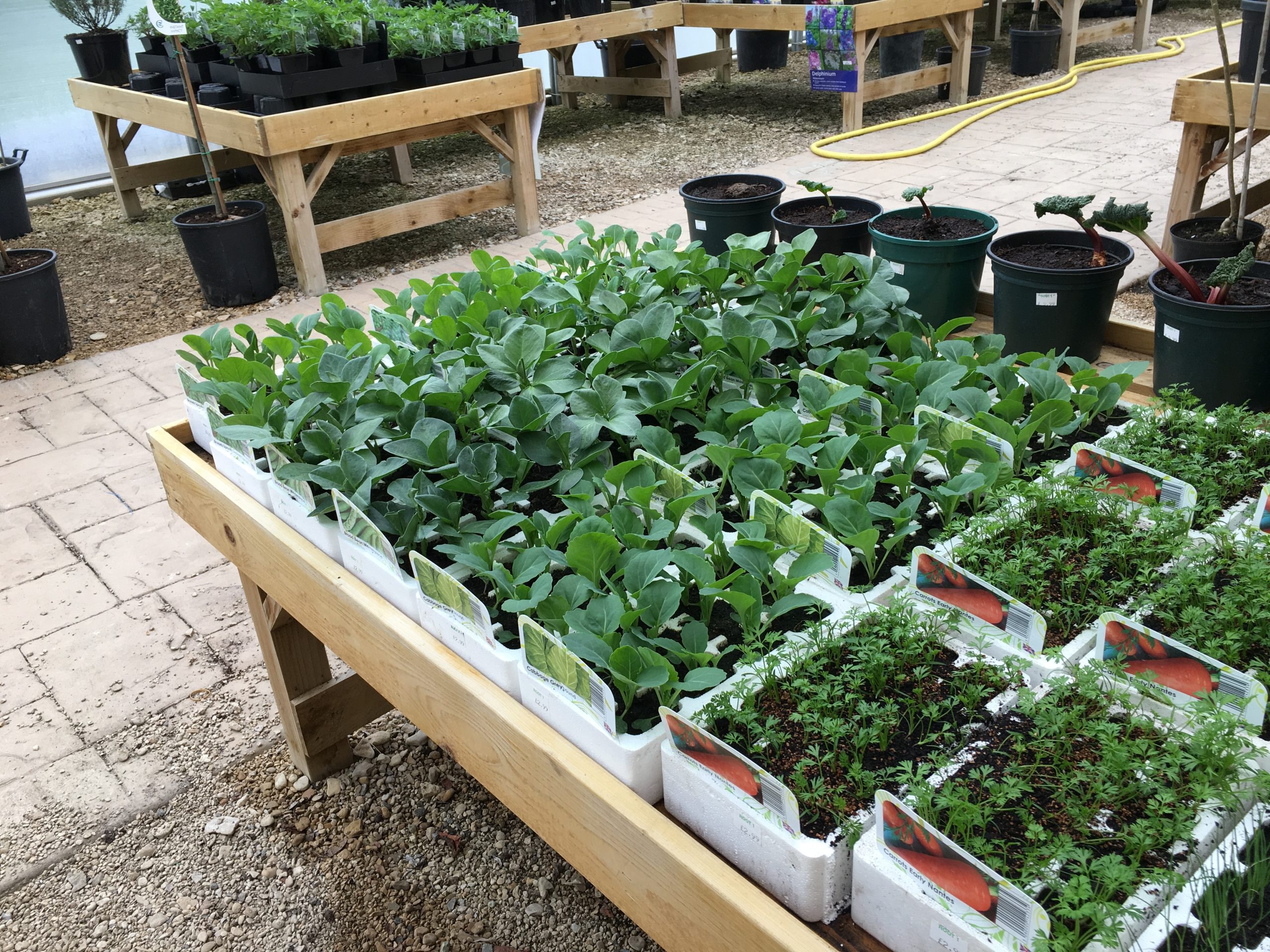Agricultural machinery has been pivotal in transforming Kenya’s farming practices and boosting productivity over the years. From basic hand tools to tractors and digital farm equipment, mechanization continues shaping the sector amidst new opportunities and challenges. This in-depth post analyzes Kenya’s dynamic agricultural machinery segment, its evolution, economic impact, key players, technologies, policies and future potential.
Introduction
Agricultural machinery has been an engine driving gains in productivity, profitability and food security across Kenya’s farming systems. Mechanization creates efficiencies through land preparation, planting, crop care, harvesting and processing. Tractors and implements reduce intense labor while expanding acreage capabilities. Irrigation systems allow crop diversification and climate resilience. Food processing equipment also unlocks value addition opportunities. Although smallholder mechanization remains limited, Kenya’s machinery market is evolving rapidly, boosted by growing investment, import competition and new business models facilitating access. However, challenges like affordability constraints, lack of financing and infrastructure must be addressed to optimize mechanization’s benefits. Kenya’s economic transformation and agricultural competitiveness will rely on unlocking the full potential of agricultural machinery through integrated strategies encompassing enabling policies, technologies, financing and infrastructure.
Section 1: Agricultural Machinery in Kenya – A Transformative Force
Agricultural machinery has long played a pivotal role in Kenya’s economic development. During colonial times, mechanization was introduced on European farms while peasant farmers largely relied on hand hoes and other manual equipment. At independence in 1963, Kenya had less than 2000 tractors nationwide. Government efforts expanded tractor numbers through import subsidies but smallholders had limited access. In the 1980s, liberalization opened machinery imports but high costs still hindered adoption. Recent years have seen growing private sector participation and business model innovation, expanding mechanization’s reach.
Agricultural machinery is crucial for modernizing Kenyan agriculture by easing labor shortages, reducing drudgery, and enhancing efficiency and overall productivity. Tractors reduce time and labor for land preparation while equipment like planters and sprayers optimize crop management. Irrigation systems allow year-round production and resilience. Harvesting machinery like maize shellers also minimizes post-harvest losses. Mechanization enables farming larger areas, allowing economies of scale. Multi-function machines are important for smallholders with land constraints. Overall, appropriate machinery tailored for Kenyan conditions has immense potential to facilitate agricultural transformation.
Section 2: Market Overview
Kenya’s agricultural machinery market has expanded rapidly in the last decade, driven by rising investment in mechanization by large farms and government programs targeting smallholders. Kenya now has over 200,000 tractors up from around 20,000 in the year 2000. The tractor market alone is now estimated at KES 50-60 billion, dominated by imports from India and China. Other key equipment like irrigation systems, planters, harvesters and milk processors comprise another KES 60 billion. There are over 300 dealers and distributors nationwide providing sales, spare parts and repair services. Notable players include companies like tractor manufacturers Sameer Agriculture and AMS Ltd., irrigation firms Davis & Shirtliff and Finlays, and dealerships such as Ryce, Toyota Tsusho and Agri-Equipment Services.
Overall, agricultural machinery contributes immensely to Kenya’s economy and farming output. Mechanization has facilitated expansion in staple and cash crop production as well as growth inprocessed livestock products. Estimates indicate every shilling invested in agricultural machinery boosts overall productivity by KES 3-5. Rising regional demand for machinery also presents export opportunities for local manufacturers. However, recurrent import duty waivers undermine domestic assembly. With appropriate policy support and technology adoption, the machinery segment can catalyze wider agricultural transformation.
Section 3: Types of Agricultural Machinery
Kenya utilizes a wide variety of agricultural equipment suited for diverse farming contexts and scales. Key examples include:
- Tractors: 2 and 4-wheel tractors for land preparation and haulage. Models under 100hp dominate smallholder sales.
- Power tillers: Small cultivators ideal for plots below 5 acres. Locally branded ones cost KES 150,000-300,000.
- Planters: Manual push and animal-drawn planters dominate but tractor-mounted precision planters are gaining popularity.
- Irrigation equipment: Buckets, sprinklers, drip kits and mechanized pivot systems help expand acreage and yields.
- Harvesting machinery: Reapers, corn shellers, threshers, milk processing tanks, etc. reduce labor and post-harvest losses.
- Food processing equipment: Grain mills, crushers, pasteurizers, juicers etc. allow value addition.
Multi-purpose platforms like power tillers with attachments provide affordable options for small-scale farmers to mechanize multiple farming operations. Overall, Kenya’s future competitiveness relies on wider access to a diverse machinery mix that enhances productivity for crops and livestock enterprises.
Section 4: Mechanization and Productivity
Studies show that agricultural mechanization has significantly improved productivity across Kenya’s farming systems. Tractors allow fast plowing of larger areas, increasing acreage. Average maize yields are estimated to be 25% higher on tractor-plowed plots compared to hand hoeing. Mechanized planting, spraying and harvesting also optimize crop management. Small-scale farmers have doubled milk yields by adopting motorized milk pumps and chillers. Irrigation enables multiple cropping seasons annually.
Wider mechanization has addressed labor shortages from migration to cities. Reduced tillage practices are facilitated by specialized equipment. Processing machines also minimize post-harvest losses while adding value to raw produce. For instance, rice farmers using ATOS mills increased milled rice recovery from 60% to 70%. Overall farm output has expanded faster than area under cultivation due to mechanization. Targeted strategies must build on these productivity gains to accelerate broader agricultural transformation.
Section 5: Technological Advancements
Agricultural machinery is integrating more advanced technologies to deliver precision farming capabilities. GPS guidance systems allow accurate field navigation for tractors, sprayers and harvesters. IoT sensors monitor microclimate and soil conditions, allowing section-specific input application and irrigation. Drones provide aerial crop scouting. Smart irrigation controllers optimize water usage. Milk analyzers give real-time data on quality. Mechanization service models are also utilizing digital platforms for booking, monitoring and payments.
In Kenya, startups like SunCulture, Lentera, Arifu, and Akorion are pioneering agritech solutions. John Deere and other majors are also launching integrated precision farming technologies in Kenya and the region. Digital platforms are facilitating access to mechanization services through sharing models like Hello Tractor and Trringo. Despite high upfront costs of smart machines, falling prices and pay-per-use models can expand adoption. Overall, merging appropriate technologies with agricultural machinery unlocks immense potential for optimizing production.
Section 6: Challenges and Constraints
Despite mechanization’s immense benefits, adoption in Kenya faces interlinked challenges related to the costs, financing, infrastructure and policies. Smallholders cite unaffordable prices for new equipment like tractors. There is limited local assembly and dependence on imports. Financing options are inadequate and interest rates prohibitive. Local manufacturing and group ownership models can improve affordability. Weak rural infrastructure also hinders access to mechanization services. Equipment breakdowns are common with limited rural repair options. Weak extension systems provide inadequate operator training. Import duty exemptions also undermine local assembly.
Addressing these challenges requires a holistic policy approach. Fiscal incentives can foster local manufacturing and leasing models. Infrastructure upgrades and vocational training enable optimal use of equipment. Import policies need recalibration to encourage domestic assembly. Partnerships with banks and cooperatives can provide attractive financing. With supportive policies and coordination, Kenya can optimize mechanization, rural development and agricultural competitiveness.
Section 7: Government Initiatives and Policies
The Kenyan government outlines plans to accelerate agricultural mechanization in key policy documents like the Big Four Agenda, Vision 2030 and Agricultural Sector Transformation Strategy. Import duty waivers, VAT exemptions and subsidized tractor purchases aim to expand uptake. The mechanization service provision program subsidizes private contractors to offer services to smallholders. There are also proposals for machinery asset financing through the Agricultural Finance Corporation. At county level, several governments are procuring tractors to provide subsidized services.
However, ad hoc import duty waivers have undermined local assembly and manufacturing. The quality of some imported equipment is poor. Monitoring and coordination of government programs across national and county levels also remains weak. More prudence is needed in using waivers, while boosting local capacity through tax incentives and infrastructure investment. Additionally, long-term funding models to sustainably scale smallholder access need development. Overall, while policies recognize mechanization’s importance, implementation must be optimized to transform the sector.
Section 8: Sustainable Mechanization
Sustainable practices are essential for mechanization to foster long-term agricultural development in Kenya. Reduced tillage, precision equipment and variable rate technologies optimize input use and help conserve soil and water. Regular maintenance, operator training and efficient management of machinery also reduces fuel usage. Manufacturing equipment from recyclable materials and developing biomass-powered engines and biodiesel blends can further limit environmental footprints. Finally, skill development enables optimal use of appropriate-scale machinery tailored for Kenyan conditions to support sustainable intensification rather than extensification into marginal lands.
Section 9: Financing and Access
The predominant small-scale nature of Kenyan farms necessitates innovative models to facilitate wider access to agricultural machinery. Individual smallholder ownership remains limited, so shared access models are emerging. Mechanization service providers allow farmers to hire equipment on demand. Digital platforms like Hello Tractor are aggregating demand and linking to service providers. Cooperatives also pool resources for joint machinery ownership. Leasing models by manufacturers are eliminating large upfront payments. Commercial bank loans targeting asset financing for machinery and equipment are also growing.
Pay-per-use models by sector players like John Deere, ETG, and AMS put productivity enhancing technology in farmers’ hands without unaffordable initial investments. Youth entrepreneurship in mechanization services is also expanding with training and start-up guidance. Overall, partnerships between manufacturers, financing institutions and grassroots organizations are essential to pioneer solutions that profitably expand smallholder access to appropriate agricultural machinery.
Section 10: Future Trends and Opportunities
Kenya’s agricultural machinery segment is poised for robust growth driven by rising productivity demands, technological change, regional trade and investment trends. Increased mechanization across major crops and livestock value chains will expand output and incomes. Precision technologies and data-based decision making can optimize resource use. Regional integration will bring competitive pressures but also enable Kenya to export expertise and locally assembled machinery. Emerging business models are unlocking financing and optimizing machine utility for smallholders.
There are still immense opportunities to enhance local manufacturing capabilities, develop multi-purpose machinery suited for Kenyan smallholders, expand sustainable mechanization practices, and provide vocational training to users. If policies, infrastructure and partnerships can address persistent challenges, the future is bright. Kenya is well positioned to harness agricultural mechanization technologies to usher in greater productivity, profitability, sustainability and shared prosperity across agricultural value chains.
Section 11: Case Studies and Success Stories
Mechanization has catalyzed gains for various Kenyan farms and farmer groups:
- Safaricom’s DigiFarm enables smallholders like Mary Mumo access tractor services via flexible pay-per-use contracts, raising productivity.
- KALRO developed an affordable multi-crop thresher, allowing cooperatives like Meru Mwireri Farmers to minimize post-harvest losses across grains.
- Kilimo Biashara imported reaper-binders, enhancing large wheat farms’ harvesting efficiency 50% while minimizing losses.
- Farmer cooperatives jointly purchased tractors, contributing to members’ incomes rising approximately 40% by expanding land under production.
These cases validate how machinery unlocks productivity, efficiency and income growth – outcomes that can be scaled nationwide.
Conclusion
Agricultural machinery from basic farm implements to tractors and precision technologies will be pivotal in raising productivity and profitability across Kenya’s farming systems. Unlocking wider access and optimal usage of appropriate equipment tailored for Kenyan smallholders can drive agricultural advancement and broader economic growth. With supportive policies, infrastructure development, technologies and innovative business models, the future is promising for mechanization to transform livelihoods. But persistent challenges related to costs, credit, infrastructure and technical skills must be addressed through collaborative strategies engaging government, financial institutions, manufacturers and development partners. Overall, Kenya is well placed to harness agricultural machinery’s immense potential to catalyze lasting economic development.
References
- Asoro, Danson. “Mechanization Key to Revolutionalizing Agriculture.” Business Daily Africa. October 2018.
- Government of Kenya. Agricultural Sector Transformation and Growth Strategy 2019 – 2029. May 2019.
- Kirigwi, Robert. “Local Manufacture of Farm Machinery Spurs Jobs in Kenya.” Cornell Alliance for Science. March 2022.
- Nyambane, Geoffrey. “How Kenya is Managing Politics of Trade in Farm Machinery.” The East African. May 2018.
- Simiyu, Robert and Isaya Sijali. “Analysis of Agricultural Mechanization in Kenya.” Africa Association of Agricultural Economists. January 2018.
- Were, Anzetse. “Mechanization in Kenya: Recommendations for Future Action.” USAID and Feed the Future. February 2018.
- World Bank. “Agritech Innovation in Kenya – Emerging Trends and Lessons.” April 2021.

